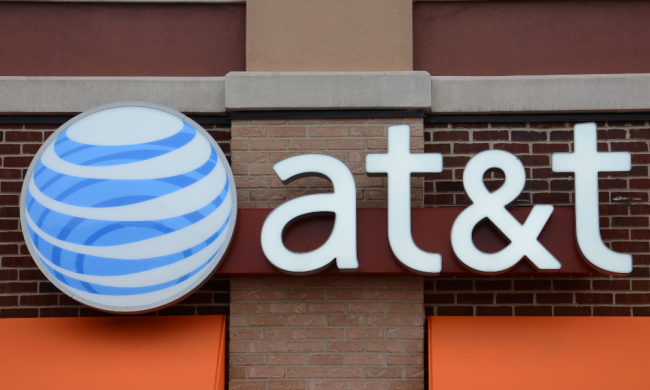It looks like AT&T is finally ready to bring 5G to the public. It’s real 5G, too — it’s not the so-called 5GE, nor is it 5G that will only be available for businesses. According to AT&T, its consumer-ready 5G network will finally launch in the first half of December, meaning you’ll be able to use it if you have a 5G-compatible phone.
The network will only launch in five cities at first, including Indianapolis, Indiana; Providence, Rhode Island; Rochester, New York, Pittsburgh, and San Diego. It will roll out the tech to 10 more cities by February, including Birmingham, Alabama; Buffalo. New York; Louisville, Kentucky; Bridgeport, Connecticut; Boston, Las Vegas, Milwaukee, New York, San Francisco, and San Jose.
Judging by the maps AT&T has released, the 5G coverage is pretty expansive, too — not a matter of a few streets in each city like Verizon’s network. There’s a good reason for that — Verizon is really only using high-frequency millimeter wave tech for its 5G network. Millimeter waves can only travel short distances, and can’t really penetrate through walls or other obstacles. AT&T, on the other hand, is using low-band frequencies, which are able to travel much longer distances.
There’s a trade-off to using low-band frequencies though. When you connect to a network using millimeter waves, you’ll get lightning-fast connectivity — which you won’t get on low-band frequencies. According to AT&T, connectivity on its normal 5G network is expected to be “comparable” to LTE-Advanced speeds — so you might not notice a huge speed increase.
That said, AT&T is also using millimeter waves, as part of its so-called 5G+ network. The carrier’s 5G+ network will only be available in parts of 21 cities around the U.S., and is currently only available to business customers, and not to consumers.
AT&T won’t end its 5G rollout in February — so if your city isn’t on the list, it may well show up in the coming year or so. Even if the network is available in your area, you’ll still need a 5G-compatible phone, and you’ll need a plan that actually allows you to take advantage of the network.
All four of the major carriers are moving to roll out their 5G networks, and that’s likely to continue well into 2020 and beyond. Most carriers suggest that they’ll have a “nationwide” network available to customers in 2020, though their definition of “nationwide” is a little vague.



